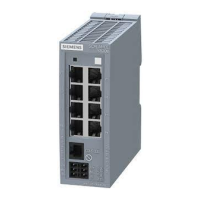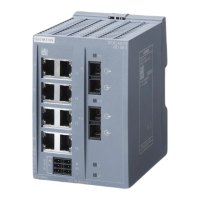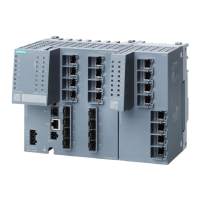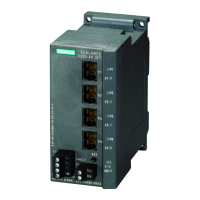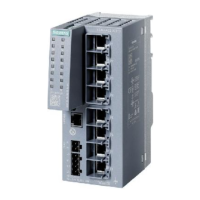Technical basics
4.5 VLAN
SCALANCE XB-200 Web Based Management
Configuration Manual, 04/2015, C79000-G8976-C360-02
31
VLAN
Network definition regardless of the spatial location of the nodes
VLAN (Virtual Local Area Network) divides a physical network into several logical networks
that are shielded from each other. Here, devices are grouped together to form logical groups.
Only nodes of the same VLAN can address each other. Since multicast and broadcast
frames are only forwarded within the particular VLAN, they are also known as broadcast
domains.
The particular advantage of VLANs is the reduced network load for the nodes and network
segments of other VLANs.
To identify which packet belongs to which VLAN, the frame is expanded by 4 bytes (VLAN
tagging (Page 31)). This expansion includes not only the VLAN ID but also priority
information.
Options for the VLAN assignment
Each port of a device is assigned a VLAN ID (port-based VLAN). You configure port-based
VLAN in "Layer 2 > VLAN > Port-based VLAN (Page 135)".
VLAN tagging
Expansion of the Ethernet frames by four bytes
For CoS (Class of Service, frame priority) and VLAN (virtual network), the IEEE 802.1 Q
standard defined the expansion of Ethernet frames by adding the VLAN tag.
ases the permitted total length of the frame from 1518 to 1522 bytes.
With the IE switches, the standard frame size is at least 1536 bytes.
The end nodes on the networks must be checked to find out whether they can process this
length / this frame type. If
this is not the case, only frames of the standard length may be
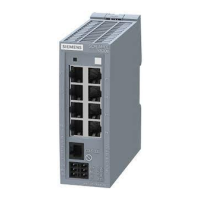
